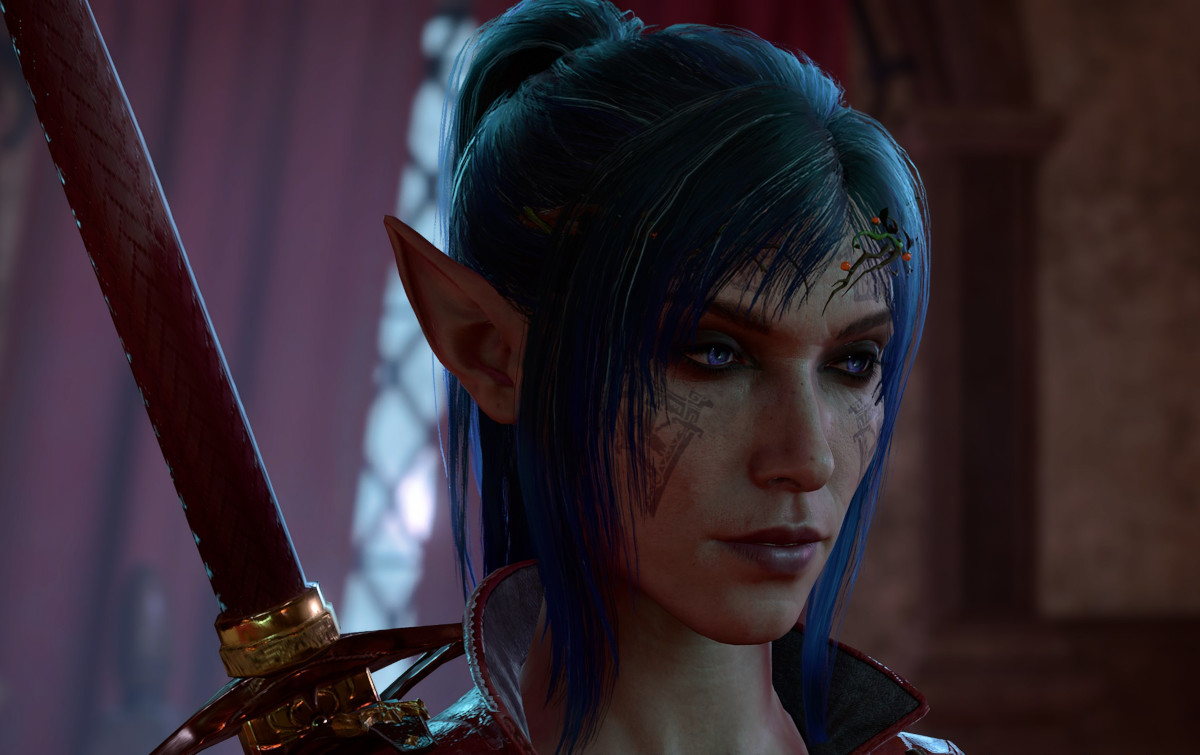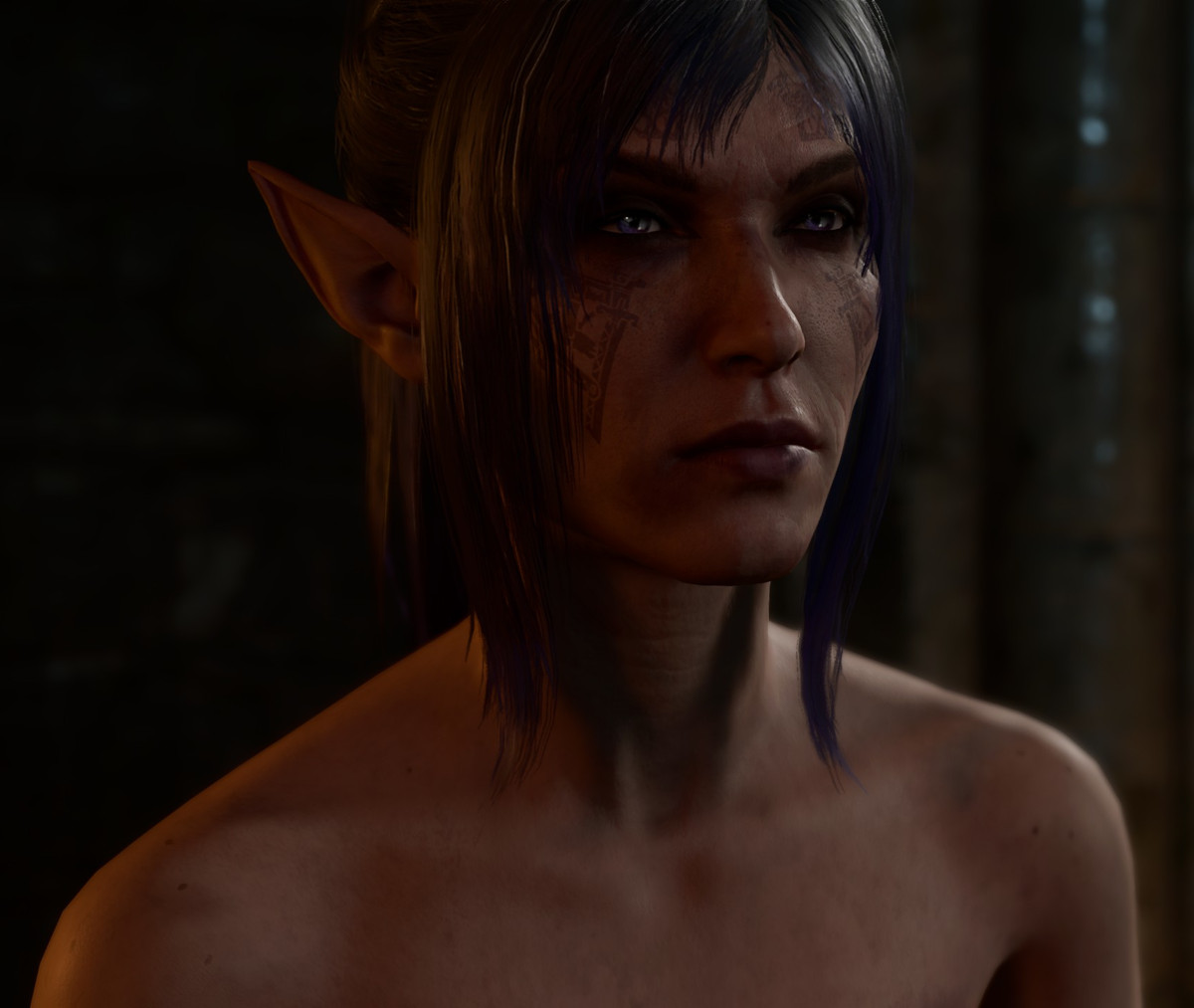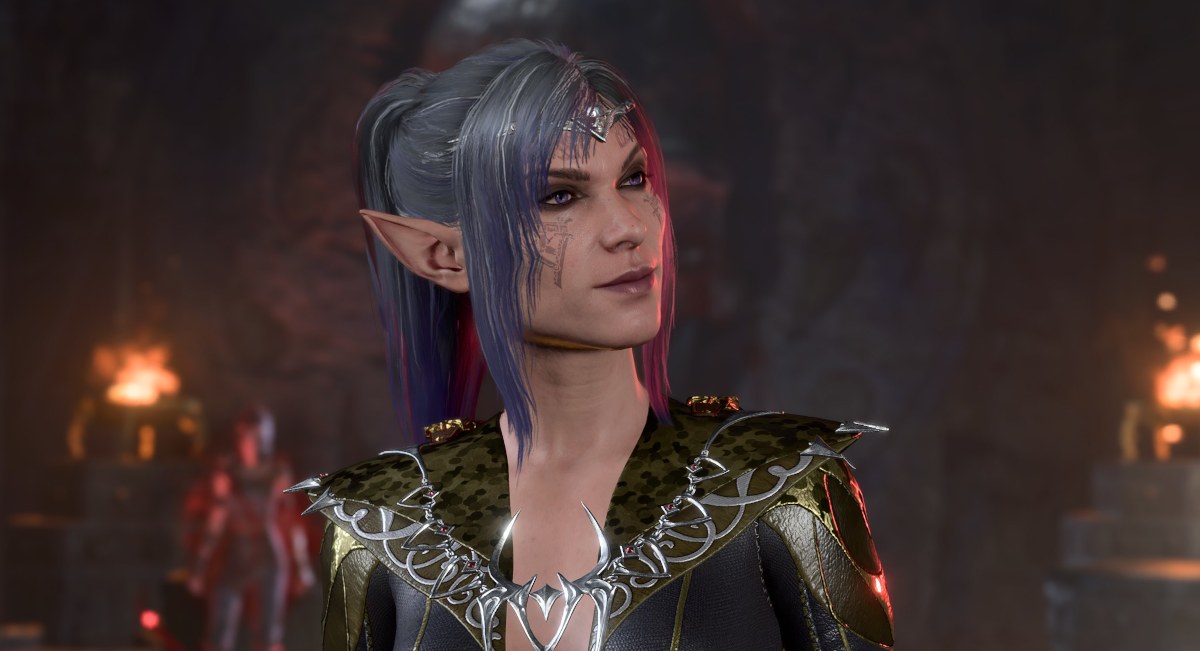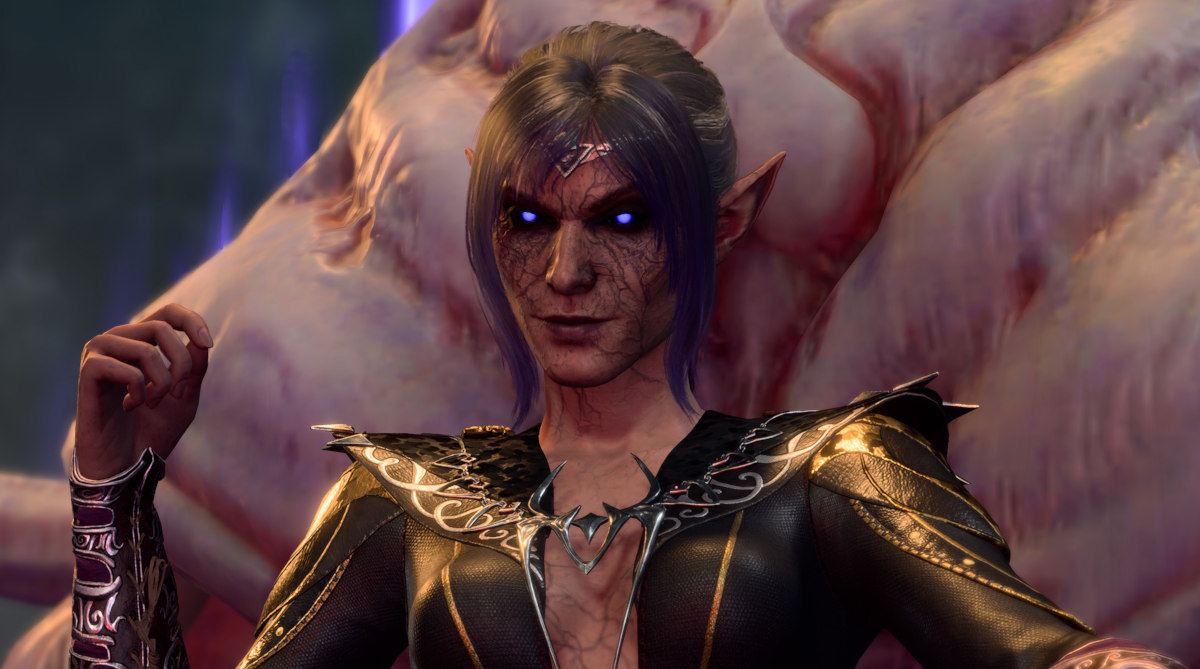Baldur's Gate 3: Dark Urge
Play Dark Urge.
For my first full play-through in Larian’s role-playing game, Baldur’s Gate 3 a Dungeon & Dragons game taking place in Forgotten Realms, I chose to play as a Dark Urge origin character, and I am very glad I did. If you have not tried it yet, or are just getting started with Baldur’s Gate 3—do not dally—play as Dark Urge. The story resides among the best stories in gaming. No matter if you like to play good or evil-aligned character, play Dark Urge origin!

What is an origin character?
Similar to Larian’s previous game, Divinity: Original Sin 2, an origin character includes a story which weaves with the main story. In Baldur’s Gate 3 the player may choose to play as one of several origin characters each having a specific profession (class) and background. Playing an origin character gives the player that character’s perspective. The player may enjoy stories of other origin characters by including them in the party. With the exception of Dark Urge. The only way to experience the Dark Urge story is to play as Dark Urge origin. Unlike the other origin characters, the player may customize the class, race, and gender of the Dark Urge character.
Besides playing an origin character, the player may choose a custom non-origin character which some players refer to as Tav, the default name until the player changes it. Since Dark Urge may be customized, I recommend choosing Dark Urge for custom-character play. Playing a “Tav” feels like playing a supporting role for the origin characters.
What is Dark Urge?
In character selection screen play the introduction for a brief overview. In a nutshell, this origin character is plagued by dark thoughts hinting of a partially forgotten history. During the adventure the background story unfolds allowing the player to make choices deciding the story ahead. Voiced narration does a wonderful job at setting the tone for Dark Urge, and yes, some of the narration is unique for Dark Urge. Act 1 includes a violent scene to establish the setting and get a reaction encouraging the player to make a choice between overcoming this darkness or embracing it. Some players may be alarmed, annoyed, or shocked. This is the only forced scene, and worth the experience for its story building. Both Dark Urge and the player will be tempted to do more evil. Another violent scene during Act 2 may play out, or skipped entirely, depending on choices made and one roll against a difficulty check. As the main story progresses so it does for the Dark Urge story.
My first Dark Urge character
I chose to play as a wizard in the school of necromancy, because I enjoy necromancy in AD&D and I wanted to see how this game handles it. (I enjoyed it.) For my first full play, I also chose tactician difficulty. Having prior experience with Larian games, and with AD&D (2nd edition), I felt I could handle the higher difficulty. The first act had its tough moments with a fair combat balance overall. Increasing difficulty, choices I made reduced my party down to just 3 members: my character, Shadowheart, and Astarion later replaced by Minthara. I found Act 2 brutal. Act 3 (final act) was easy, and I felt my small party was overpowered until the final battle. Usually I go with human when playing a necromancer, but this time I chose high elf. I had planned on playing a male character, but I just could not get the look I wanted for a dark character. I found the elf faces either too goofy, chisaled-face, or too happy. I switched to female, and after a few tweaks stumbled upon the look I was after. So, I played a female.


As a necromancer I decided to play the evil side. Being evil doesn’t mean killing everyone and stealing everything. There are rules! My wizard aimed for the path of least resistance which at times meant avoid killing. Those goblins welcomed my party into camp, and they got along fine. Siding with Minthara and the goblins to attack Emerald Grove seemed easier than defending the grove. (Also, Minthara provided better help than Halsin.) I left the owlbears alone, because a cub needs a mother. Besides, nothing gained by harming them. Same with the eagles at their nest. A neat aspect of Baldur’s Gate 3 is having so many different methods to beat an encounter. Sneak it, avoid it, talk-your-way-out, early choices affect later choices, or fight. Sometimes finding a path of least resistance means making the right choice well ahead of time. Other times all it takes is bringing enough skeletons or ghouls to the fight, or because it’s fun. Embracing illithid powers can be helpful, too, if one does not mind the flesh affliction.

A wicked face for wicked powers!
My recommendations
For Dark Urge you may play any race, gender, or class. Remember Dark Urge includes a history, so during character creation avoid imagining your character’s background. As the story progresses let it flow into your imagination. By the third act you will discover the Dark Urge’s full background connecting back to your character at the start of the game. Given this partially forgotten history, some classes may be more difficult to explain. Becoming a cleric requires years of preparation and devotion to a deity making it more difficult to justify as Dark Urge. Also, not all the Forgotten Realms deities are available for worship by the player-character. Similarly a warlock channeling power from a devil requires imagination. Paladin may work as an oathbreaker (former oath) on a path of redemption. A spore druid could work. When choosing a class of an origin character (like Shadowheart for cleric), also consider if you would like to play as that origin for a regular play-through without Dark Urge.
After experiencing the game, I recommend trying a chrasima-based class like a sorcerer or bard for one play-through. For my second Dark Urge play-through, I chose a bard.
(edited 22 March)
After confirming details, I updated the following tips and divided into first a minor spoiler followed by a bigger spoiler.
Act 2 spoilers
Minor spoiler:
For Act 2, do side quests before main quests. Once the butler assigns the task the time-limit begins after meeting the target. Then you have until one long rest to complete the task or resist. (Having met the target without killing or choosing to resist, the butler may give a warning allowing one more long rest.) Of course resisting comes with consequences, and what happens depends on choices made and a saving roll.
Bigger spoiler for resisting:
When meeting the target there is a tricky encounter. Delay this encounter by avoiding the second floor of Last Light Inn. You may skip this enounter by delaying meeting the target until after the point-of-no-return including releasing Nightstong, and then immediately traveling to Last Light Inn. Speak to the target and resist temptation. During the following Long Rest resist again which requires a single saving roll on wisdom, so have inspiration points ready for rerolls.